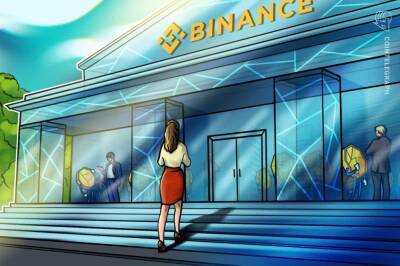Ethereum price moves toward $3K, but pro traders choose not to add leverage
Even though Ether (ETH) price bounced over 20% from the $2,300 low on Feb. 22, derivatives data shows that investors are still cautious. To date, Ether's price is down 24% for the year, and key overhead resistances lay ahead.
Ethereum's most pressing issue has been high network transaction fees and investors are increasingly worried that this will remain an issue even after the network integrates its long-awaited upgrades.
For example, the 7-day network average transaction fee is still above $18, while the network value locked in smart contracts (TVL) decreased 25% to $111 billion between Jan. 1 and Feb. 27. This negative indicator could partially explain why Ether has been down-trending since early February.
The above channel currently shows resistance at $3,100, while the daily closing price support stands at $2,500. Therefore, a 14% rally from the current $2,750 level needs to happen for the prevailing downward trend to be canceled.
The 25% delta skew compares equivalent call (buy) and put (sell) options. The indicator will turn positive when "fear" is prevalent because the protective put options premium is higher than the call options.
The opposite holds when market makers are bullish, causing the 25% delta skew to shift to the negative area. Readings between negative 8% and positive 8% are usually deemed neutral.
The above chart shows that Ether option traders have been signaling bearishness since Feb. 11, just as Ether failed to break the $3,200 resistance. Furthermore, the current 8.5% reading shows no confidence from market markers and whales despite the 7.5% price increase on Feb. 28.
Exchange-provided data highlights traders' long-to-short net positioning. By analyzing every client's position on the spot, perpetual
Read more on cointelegraph.com

















